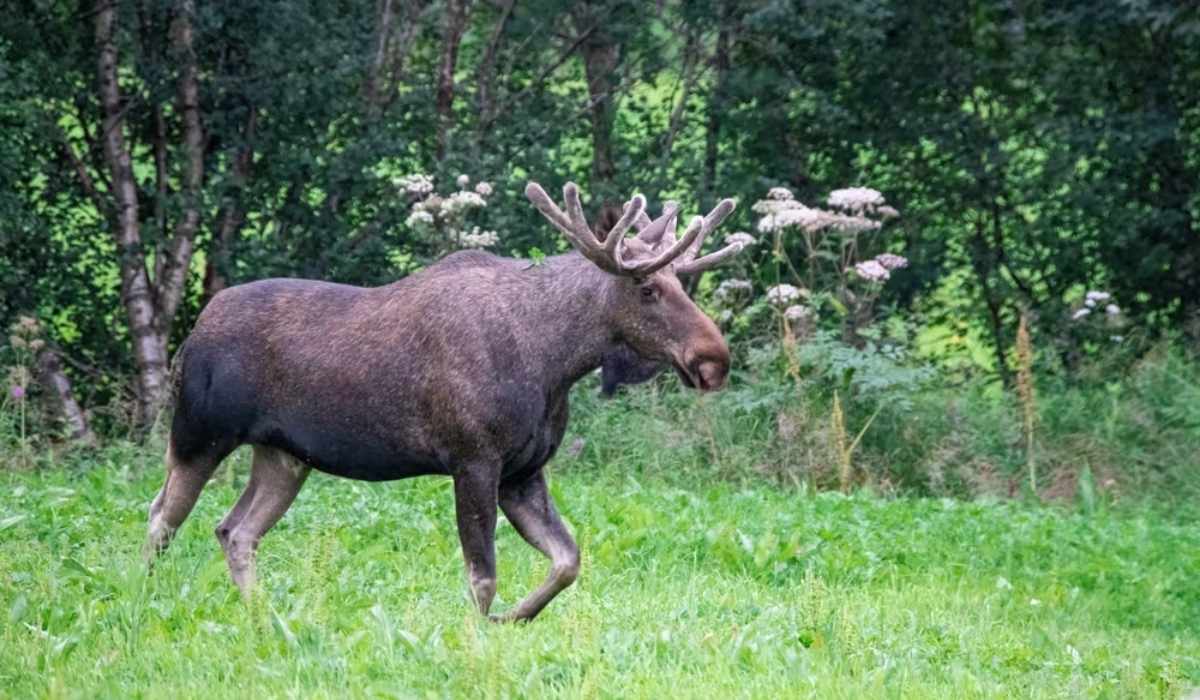Norway has a long tradition of managing its natural resources with care, and one of the central elements of this system is the Viltnemnda. This municipal-level wildlife committee plays a vital role in balancing human activities with ecological sustainability. It ensures that hunting is properly regulated, that wildlife populations remain healthy, and that conflicts between people and wild animals are addressed in a systematic way. Without the structure provided by the Viltnemnda, hunting practices could easily drift into unsustainable territory, wildlife accidents might not be handled effectively, and the broader goals of conservation could be undermined.
What is Viltnemnda
At its core, the Viltnemnda is a municipal wildlife committee that represents the local authority in managing wildlife issues. It is typically composed of individuals with experience in hunting, land ownership, or environmental stewardship, and it operates within the framework of national legislation. The Viltnemnda’s mission is not only to oversee hunting quotas but also to mediate between the interests of hunters, landowners, and the broader public. By ensuring a fair and structured approach, it creates a foundation where wildlife can thrive alongside human communities.
The Legal Framework of Viltnemnda
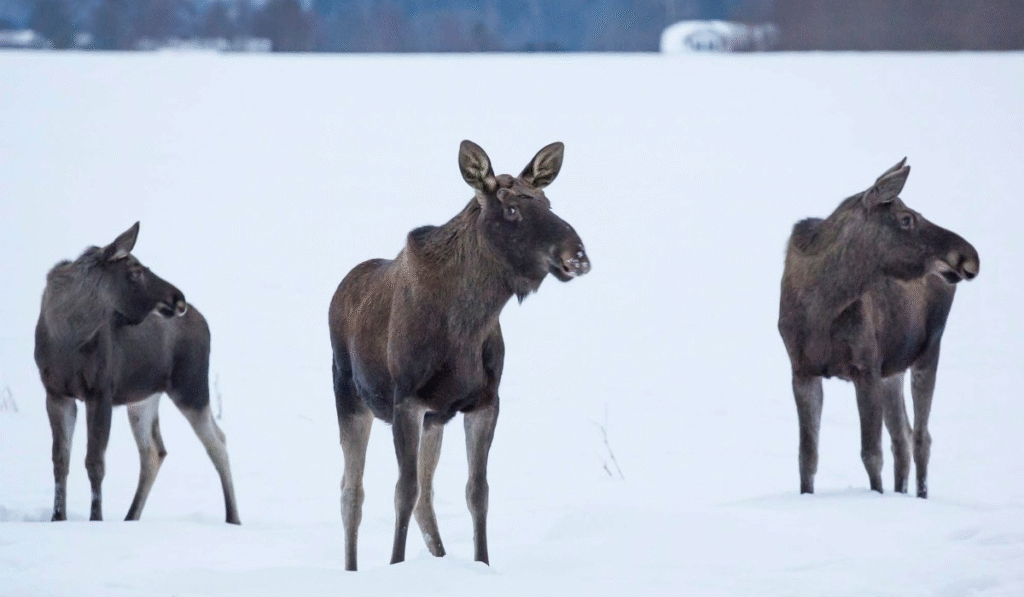
The Viltnemnda derives its authority primarily from the Norwegian Wildlife Act, known as Viltloven. This legislation sets out the national rules for wildlife management, including hunting, conservation, and the sustainable use of natural resources. Municipalities are required by law to have a body like the Viltnemnda to handle local wildlife matters. The law empowers the committee to set hunting quotas, approve management plans, and coordinate with landowners. It also tasks the with responding to wildlife-related accidents and providing guidance to the municipal council on policies affecting wild animals.
Viltnemnda and Hunting Regulations
Hunting has been an integral part of Norwegian culture for centuries, but it is carefully regulated to prevent overexploitation of animal populations. The Viltnemnda is central to this regulation. It determines the size of hunting quotas for species such as moose, red deer, and roe deer. It reviews and approves hunting plans submitted by landowners or hunting collectives. It monitors compliance with the law, ensuring that hunters respect the established rules and that the harvest does not exceed sustainable limits. By maintaining oversight, the Viltnemnda safeguards both ecological balance and cultural traditions tied to hunting.
The Role of Landowners and Viltnemnda
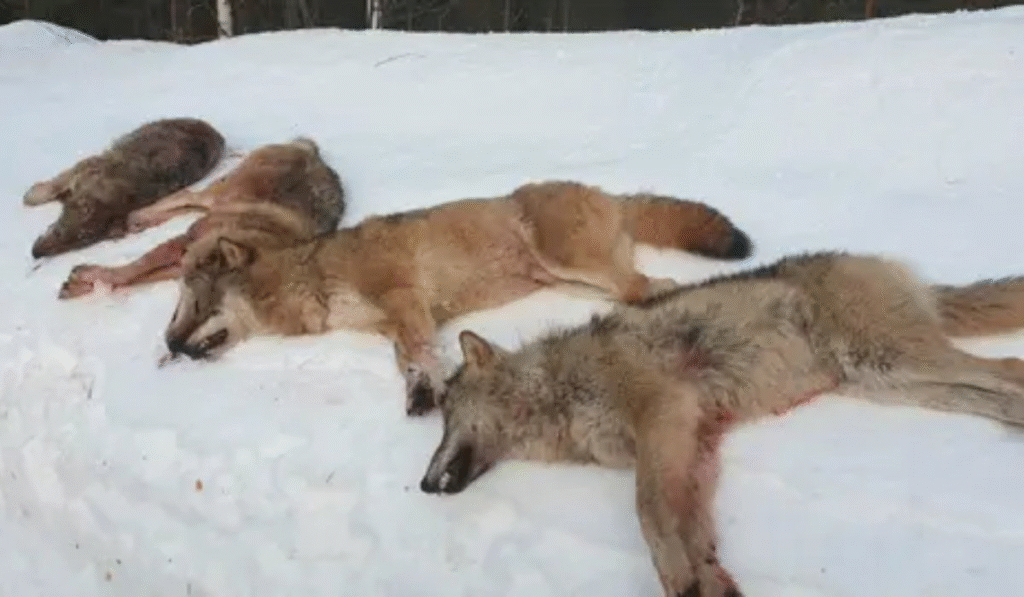
In Norway, hunting rights belong to landowners, which makes cooperation between them and the Viltnemnda essential. Landowners have the right to grant or deny hunting permission on their property, but these rights are balanced by the need to manage wildlife responsibly. The acts as a mediator, ensuring that landowners’ interests align with sustainable practices. It helps negotiate hunting arrangements, approves management strategies, and addresses disputes when they arise. This cooperation ensures that wildlife is managed as a shared resource rather than as fragmented, uncoordinated populations.
Handling Wildlife Accidents
One of the most important yet often overlooked responsibilities of the Viltnemnda is responding to wildlife accidents. Each year, large numbers of moose and deer are struck by vehicles, creating dangerous situations for drivers and suffering for the animals involved. When such accidents occur, the works with police and local hunting teams to respond quickly. Injured animals are tracked and humanely dispatched if necessary, and accident sites are documented. In addition, the may recommend preventive measures, such as installing wildlife crossings or placing warning signs along high-risk roads. This work helps reduce both human and animal harm.
Conservation and Ecological Balance
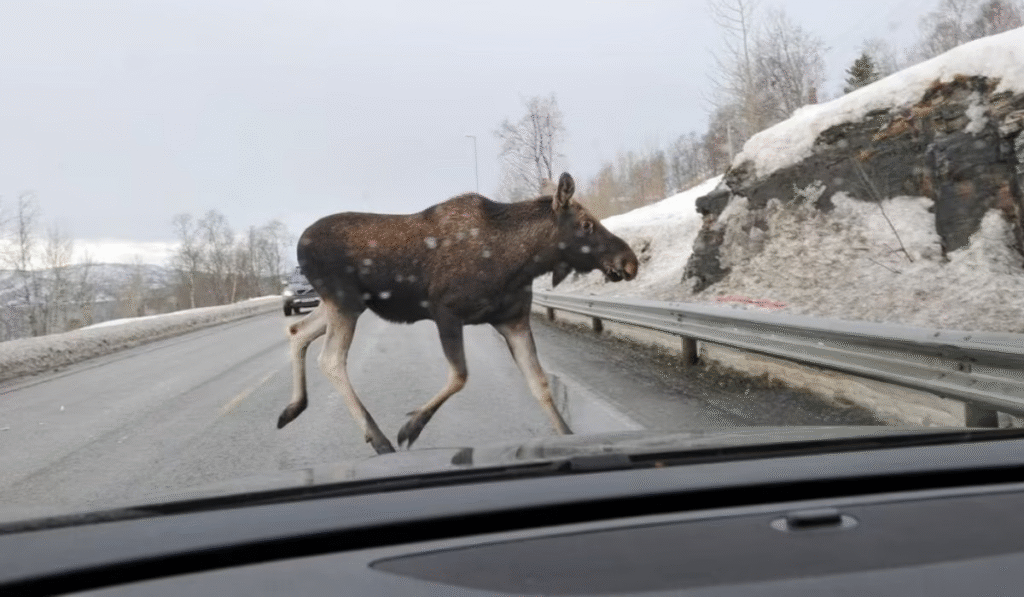
The Viltnemnda does far more than regulate hunting and accidents; it also plays a significant role in maintaining ecological balance. Wildlife populations can impact agriculture, forestry, and even traffic safety if they grow too large. Conversely, populations can be endangered if hunting or habitat destruction reduces their numbers excessively. The monitors these dynamics and takes steps to ensure that balance is maintained. This often involves careful data collection, cooperation with scientific institutions, and consultations with local residents. By addressing both ecological and human needs, the ensures that wildlife remains a sustainable part of Norwegian life.
Collaboration with Hunters and Local Communities
Effective wildlife management depends on collaboration, and the Viltnemnda emphasizes strong relationships with hunters and local communities. Hunters are not only subject to the regulations set by the but also contribute significantly to its work. They report observations, assist in tracking injured animals, and participate in surveys that inform wildlife management plans. Local communities also provide valuable input, as residents are often directly affected by wildlife activity. By engaging stakeholders in decision-making, the ensures that its policies are both practical and widely supported.
Challenges Faced by Viltnemnda
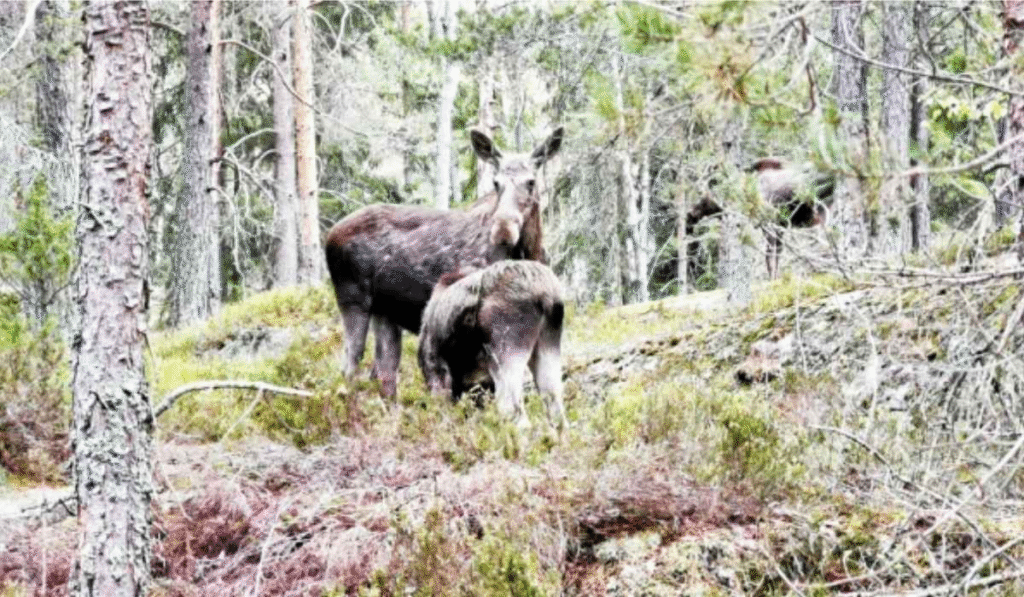
While the Viltnemnda plays a crucial role, it also faces significant challenges. Climate change, for example, affects the migration patterns and population sizes of many species, complicating management decisions. Urban expansion increases conflicts between humans and wildlife. Public opinion can be divided, with some advocating for more liberal hunting rights and others demanding stricter protections. The must navigate these pressures while adhering to the law and maintaining ecological sustainability. Its work requires balancing competing interests and adapting to changing environmental conditions.
The Future of Viltnemnda
Looking ahead, the role of the Viltnemnda is likely to grow even more important. As Norway continues to balance economic development with environmental sustainability, local wildlife committees will remain central to implementing national goals at the municipal level. Advances in technology, such as GPS tracking of animals and digital reporting tools, may enhance the effectiveness of the work. Increasing collaboration with researchers and policymakers will also strengthen its ability to respond to emerging challenges. Ultimately, the represents a model of local governance that connects communities with the natural world in a sustainable way.
Frequently Asked Questions
1. What is the main role of the Viltnemnda?
- The Viltnemnda manages wildlife issues at the municipal level, including hunting quotas, accident response, and conservation measures.
2. Who appoints the members of the Viltnemnda?
- Members are typically appointed by the municipality, often chosen from experienced hunters, landowners, or people with environmental knowledge.
3. How does the Viltnemnda regulate hunting?
- It sets quotas for species like moose and deer, approves hunting plans, and ensures compliance with national laws to maintain sustainability.
4. What happens when wildlife accidents occur?
- The Viltnemnda coordinates with police and hunting teams to track injured animals, humanely dispatch them if necessary, and record accident data.
5. Why is the Viltnemnda important for conservation?
- It ensures that wildlife populations remain balanced, preventing both overhunting and overpopulation, while considering ecological and community needs.

